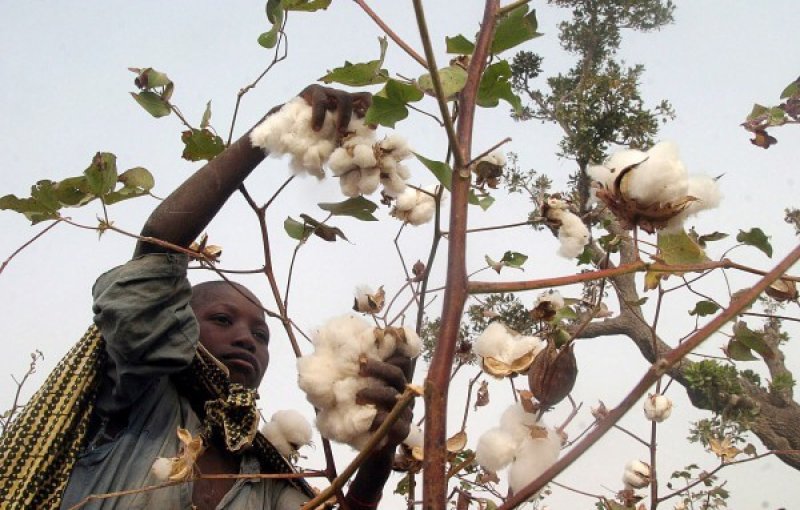Plants have evolved complex molecular, cellular, and physiological mechanisms to respond to environmental stressors. Genetic manipulation has represented an important potential method for improving water deficit tolerance in crops.
[The] ALDH21 gene plays a role in plant responses to abiotic stresses, and overexpression of this gene in tobacco (Nicoiana tabacum L.) and cotton (Gossypium hirsutum L.) decreases their sensitivity that improves tolerance to drought and salt stresses.To test the possibility that transgenic cotton….expressing ScALDH21 may be suitable for cultivating under water deficit conditions, phenotype, physiological response, and yield of transgenic ScALDH21 cotton were measured in managed treatment plots and under field conditions. Overexpression of ScALDH21 in cotton resulted in higher net photosynthetic rate, less cellular damage, more cellular protective compounds, and enhanced growth compared with nontransgenic (NT) cotton under drought stress in managed treatment plots.
…
Only a few studies have addressed the critical issue of how transgenic plants behave under production field conditions, and many that perform well in controlled environments fail to excel in commercial use. The performance of the ScALDH21 transgenic cotton lines indicated that they will perform well if used in commercial cotton production. We demonstrated that cotton seed index, cotton yield, and fiber quality….increased under both full irrigation and deficit irrigation in the field; seed yield, in particular was significantly enhanced compared with the nontransgenic control line
…
Yield of transgenic cottons under deficit irrigation condition was increased above that for NT plants measured under full irrigation conditions. Under field conditions, transgenic cotton yield increased ∼10.0% under full irrigation and ∼18.0% under deficit irrigation conditions compared with NT. Fiber quality of transgenic cotton lines was also improved compared with NT under both full and deficit irrigation.
Read full, original article: Overexpression of ALDH21 from Syntrichia caninervis Moss in Upland Cotton Enhances Fiber Quality, Boll Component Traits, and Physiological Parameters during Deficit Irrigation































